Windows play a pivotal role in enhancing not only the aesthetics of a home but also its energy efficiency, comfort, and overall functionality. As a homeowner seeking information about window replacement, it’s essential to delve into the various aspects of this subject to make informed decisions. This comprehensive guide will explore the diverse window styles, materials, energy efficiency, glass options, installation, costs, maintenance, contractor selection, and aesthetics to enable you to understand the big picture and make the best choices for your home.
Types of Windows and Materials
There are several window styles available in the market, each with its own advantages and disadvantages.
Single-hung Windows: These windows have two sashes, one fixed and one movable for ventilation. They are cost-effective and easy to maintain; however, they have lower energy efficiency compared to other window styles.
Double-hung Windows: Feature two movable sashes, offering more flexibility in terms of ventilation and cleaning. Both sashes can slide vertically, enabling improved airflow and ability to clean the exterior of the windows from inside the home. This style is popular for its traditional look and improved energy efficiency, but it may come at a higher cost than single-hung windows.
Sliding Windows: These windows have sashes that slide horizontally, providing a larger opening for ventilation and natural light.
Casement Windows: These are hinged on the side and open outward using a crank or lever, allowing for excellent ventilation and unobstructed views.
Awning Windows: These are hinged at the top and open outwards, offering effective ventilation, protection from rain, and increased energy efficiency.
Bay Windows: These windows protrude from the exterior wall, creating a small indoor nook or extra space that can be used for storage, seating, or decoration. They are composed of three or more individual windows and allow for more natural light and can provide a panoramic view of the outside. However, they can be more complex and expensive to install than other window styles.
When choosing a window, it’s essential to consider the materials used in its construction.
Vinyl Windows: These are popular for their affordability, durability, and low maintenance requirements.
Aluminum Windows: These are lightweight, strong, and resistant to corrosion, making them ideal for modern homes in humid or coastal areas.
Wood Windows: These offer a classic and timeless appearance, and they provide excellent insulation; however, they require regular maintenance to prevent warping or rot.
Fiberglass Windows: As a relatively new option in the realm of window replacements, fiberglass windows provide both high energy efficiency and low maintenance, which can be particularly important for homeowners seeking to upgrade their homes. While these windows tend to be more expensive than other materials, the decision ultimately boils down to one’s budget, design preferences, and the specific requirements of the home.
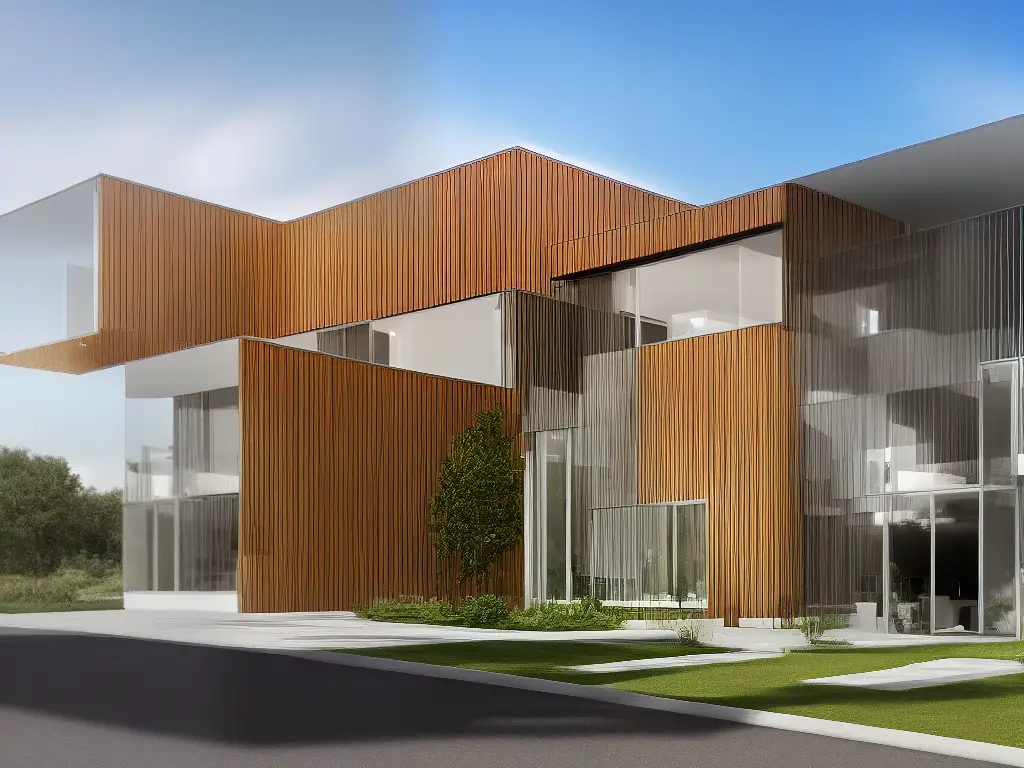
The Importance of Energy-Efficient Windows
Indeed, energy-efficient windows like fiberglass windows play a pivotal role in reducing energy costs and optimizing home comfort. Through improved insulation qualities, homeowners can significantly save on heating and cooling expenses while maintaining an indoor environment free from drafts and inconsistent temperatures. As a result, property owners may find the initial investment in superior windows pays off in the long run through both increased savings and enhanced living conditions.
Window performance is measured with various ratings, such as Energy Star ratings, U-values, R-values, and solar heat gain coefficients (SHGC). Understanding these ratings can help homeowners select the most energy-efficient and cost-effective window replacements.
The Energy Star rating is a widely recognized benchmark for energy efficiency in windows. Windows that earn the Energy Star label are independently tested and certified to meet strict performance standards set by the U.S. Environmental Protection Agency (EPA). These standards are based on energy performance and other factors, such as air leakage, durability, and climate suitability. Replacing old windows with Energy Star-rated windows can significantly increase energy savings, reducing energy bills by up to 12% nationwide, depending on the region and the type of window replaced.
U-value and R-value are other important measurements to consider when evaluating window energy efficiency. U-value measures the rate of heat transfer through a window, indicating how well it insulates. Lower U-values indicate better insulating performance. Conversely, R-value represents the window’s resistance to heat flow, with higher R-values signifying better insulation. When selecting a window replacement, look for products with low U-values and high R-values, as these windows offer better thermal performance and energy savings.
Solar Heat Gain Coefficient (SHGC) is another crucial factor in determining window efficiency. SHGC measures the amount of solar radiation entering a building through the window glass. Windows with a lower SHGC transmit less solar heat, reducing cooling loads during warm months. This is particularly important in hot climates where cooling costs make up a significant portion of household energy bills. However, in colder climates, windows with higher SHGC may be desirable as they allow in more solar heat, reducing heating demand and energy costs.
When evaluating window replacement options, it is crucial to take into account various factors that contribute to energy efficiency, such as Energy Star ratings, U-values, R-values, and SHGC. By choosing windows that meet or exceed energy performance standards and are suitable for the specific climatic conditions of a home, homeowners can make well-informed decisions that yield both energy-saving and cost-effective results. Moreover, investing in energy-efficient windows not only reduces energy bills but also improves overall home comfort by maintaining consistent indoor temperatures and minimizing cold drafts.
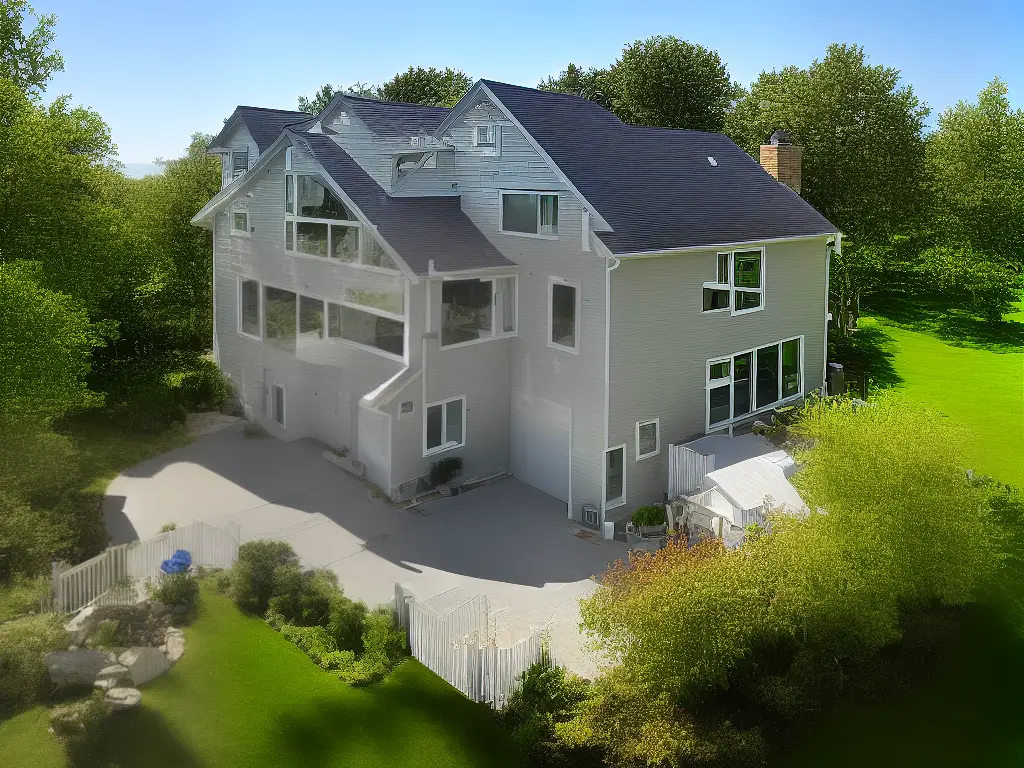
The Importance of Window Glass Options for Energy Efficiency
A primary factor influencing a window’s energy efficiency and comfort level is the type of window glass used. These options range from single-pane glass to triple-pane glass. In the past, single-pane windows were standard in homes, but they provide limited insulation against heat loss and scant protection from external noise. Although they are less expensive than their multi-pane counterparts, upgrading to more energy-efficient windows can significantly improve your home’s energy performance and comfort. By understanding the differences between various window glass types and choosing an appropriate option, homeowners can optimize their investment in window replacements and enjoy a more comfortable living environment.
Double-pane windows consist of two panes of glass separated by an air gap, which significantly improves insulation and reduces heat transfer. Triple-pane windows enhance energy efficiency further by adding a third pane of glass, creating two separate air gaps for even better insulation and noise reduction.
Low-E coatings are another essential glass option for window replacement. Low-E coatings help reduce energy loss by reflecting heat back into the room rather than allowing it to escape through the window. They also protect your home’s interior from the sun’s ultraviolet (UV) rays, which can cause fading and damage to furnishings, carpets, and artwork. On the downside, if not appropriately applied, low-E coatings can sometimes cause warping or discoloration of the window glass over time.
Gas fills are another method to improve the energy efficiency of windows. Between the panes of double or triple-pane windows, manufacturers often insert an inert gas, such as argon or krypton, to replace the air. These gases are denser than air, providing better insulation, and reducing heat transfer and noise penetration. They also minimize the chances of condensation forming between the window panes. However, gas-filled windows can be more expensive than their non-gas-filled counterparts, and leaks may develop over time, eventually reducing the window’s energy efficiency.
Spacer systems are an integral component of double and triple-pane windows, as they maintain the correct separation between the panes, ensuring optimal energy efficiency while also preventing condensation from forming. Various materials can be used for spacer systems, and the choice of spacer system can have a significant impact on the overall energy efficiency of the window and should be considered carefully.
In conclusion, selecting the right replacement windows for your home involves considering several factors, including single, double, and triple-pane windows, low-E coatings, gas fills, and spacer systems. By understanding the benefits and drawbacks of these features, you can make an informed decision that not only improves your home’s energy efficiency, comfort, and noise reduction but also takes into account budget and long-term maintenance aspects.
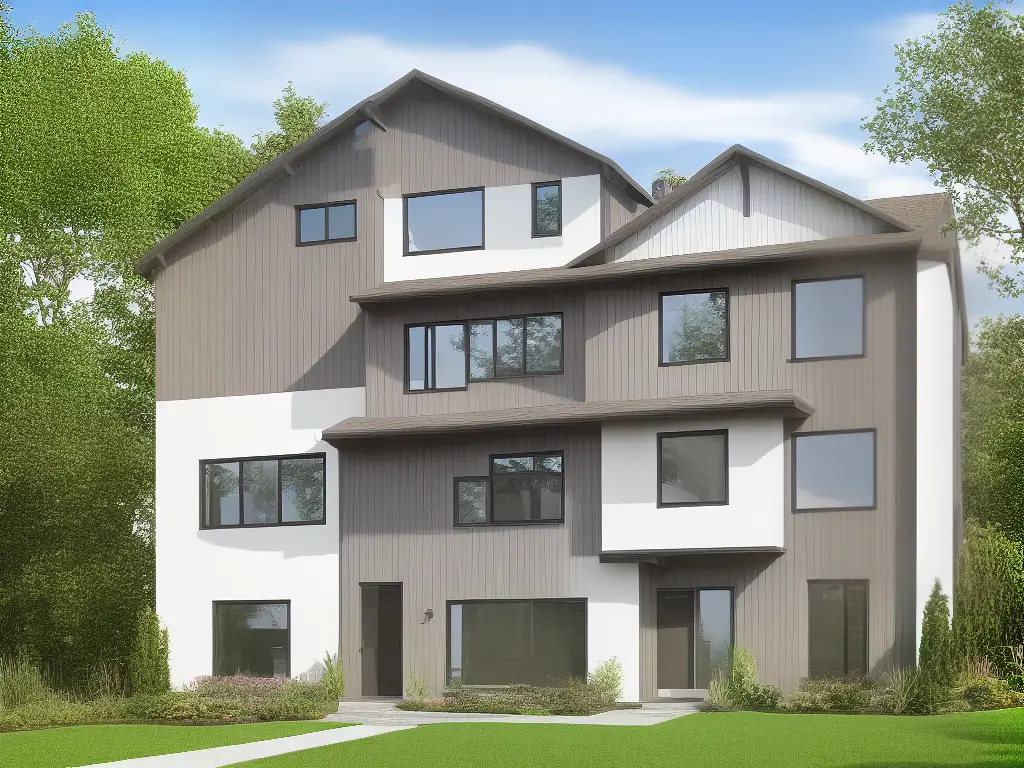
The Importance of Proper Window Installation
Moreover, proper window installation is a crucial aspect of maintaining a comfortable and energy-efficient home environment. The importance of proper installation cannot be overstressed, as incorrect or poorly executed installations can lead to various issues, such as water infiltration, drafts, and even structural damage. Therefore, when opting for a window replacement, it is essential to familiarize yourself with the various methods, tools, and techniques used to ensure a successful and lasting installation.
One essential factor to consider during the window installation process is selecting the appropriate type of window for your specific needs. Different window styles offer varying levels of insulation, soundproofing, and aesthetic appeal. It is vital to consult with a professional contractor or window manufacturer to ensure that you are selecting the right window type that meets your requirements, as well as ensuring that the installation process will be carefully executed to protect your investment.
Contractors and window manufacturers play a critical role in the window installation process. In addition to assisting with selecting the suitable window type, they are responsible for measuring the existing window openings accurately and/or creating new ones. This precision is essential, as incorrect measurements could result in air leaks, reducing your home’s energy efficiency. Furthermore, professional window installers understand local building codes and regulations, ensuring that their work is compliant and avoids any potential fines, penalties, or costly repairs in the future.
During the window installation process, a range of tools and techniques may be employed. Some common tools used include tape measures, levelers, glass suction cups, caulking guns, and cordless drills. The methods used during installation may vary based on the type of window being installed, the type of siding on the home, or the building materials used. Modern windows often come with detailed installation guidelines from the manufacturer, but a skilled contractor may employ specific strategies or techniques they have developed over time to ensure an efficient and seamless installation.
Understanding the importance of proper window installation is essential for homeowners. A well-executed installation not only increases your home’s energy efficiency, resulting in lower utility bills and a more comfortable living space but also adds value to your property. The key to a successful installation lies in working with experienced contractors and window manufacturers who can ensure that the process is completed correctly, meeting all necessary codes and regulations, and providing a long-lasting investment for your home.
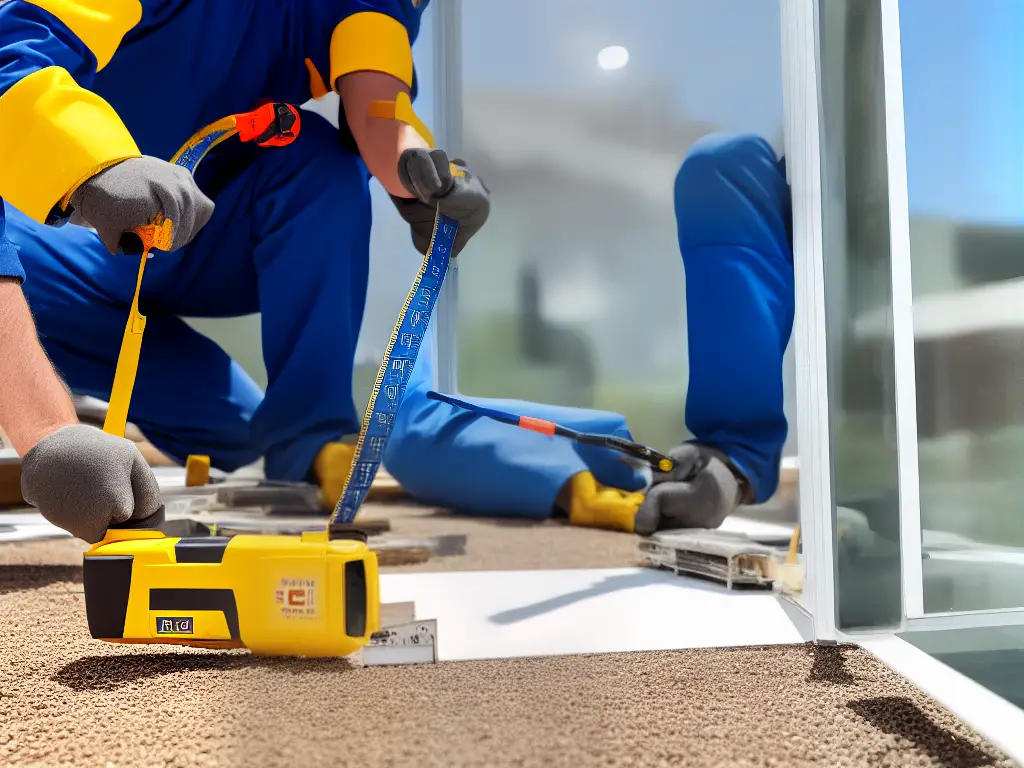
The Cost Factors of Window Replacement
When considering window replacement, remember that the costs can vary greatly depending on various factors. For instance, the size of the windows being replaced directly impacts the overall expense – larger windows typically come with a higher price tag for both the windows themselves and the labor involved in the installation process. Furthermore, if the desired window style is complex or highly customized, this too may result in a higher overall cost for the project. Therefore, it is crucial to carefully evaluate your options and choose a style that best fits your budget and design preferences.
Another determining factor in the cost of window replacement is the type of material you choose. Common window materials include vinyl, wood, and aluminum, with each having its own benefits and drawbacks. Vinyl windows are affordable and low-maintenance but may not be as durable as other options. Wood windows offer a traditional and aesthetically pleasing look but can be costly and require more maintenance. Aluminum windows are strong and long-lasting, but they can be more expensive and may not provide as much insulation as other options. It’s important to consider the long-term upkeep and performance of each material when making your decision.
Labor fees can also significantly impact the overall cost of a window replacement project. The cost of labor varies depending on the contractor you choose, as well as the complexity of the installation. Some contractors may charge by the hour, while others may have a flat fee for window replacement projects. To get the best deal, it’s advisable to obtain quotes from multiple contractors and compare their prices, experience, and customer reviews.
Budgeting for window replacement projects is crucial to avoid surprises and ensure your project can be completed within your financial means. Once you have determined your window preferences and priorities, it’s important to establish a realistic budget based on your research and quotes from contractors. In some cases, you may find that you need to adjust your preferences or seek additional quotes to find a more affordable option.
When considering window replacement, it’s important to be informed about the financing options available to help you afford the project. Many contractors offer in-house financing or work with third-party lenders to support their customers. Additionally, some local and federal government programs provide rebates, tax credits, or low-interest loans for energy-efficient window replacements, which helps reduce overall costs while investing in high-quality windows that offer long-term benefits for your home.
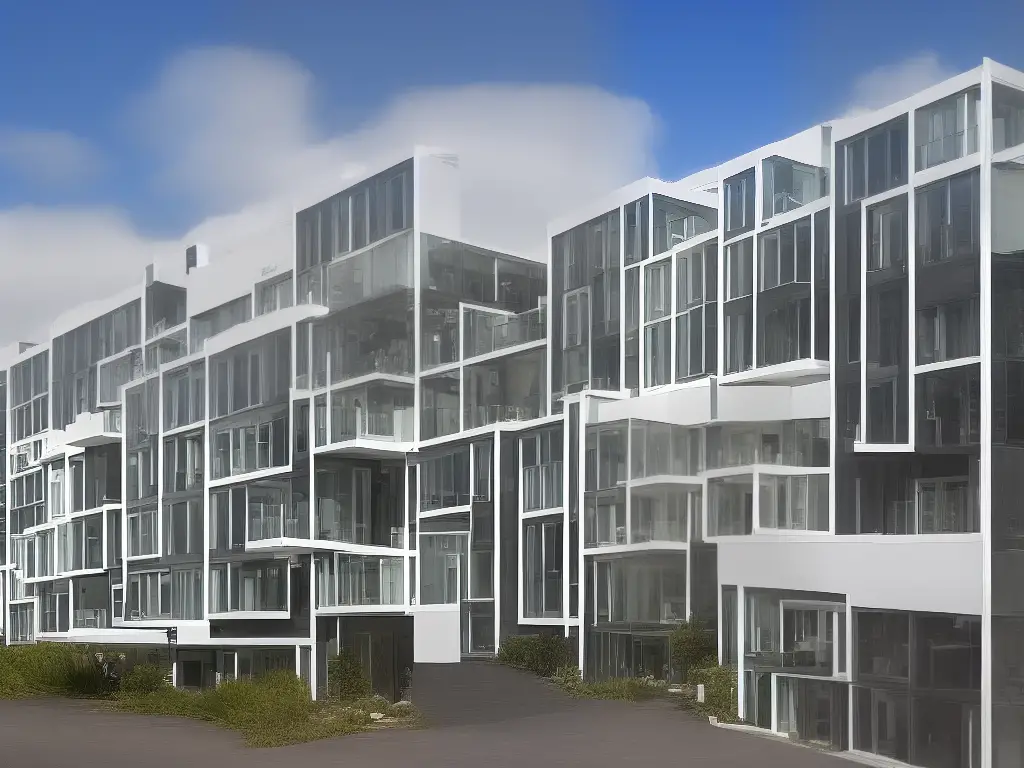
Window Maintenance and Repair
Alongside financing your window replacement, it’s crucial to recognize the importance of window maintenance and repair for proper home upkeep. Windows not only bring in natural light and aid air circulation, but they also contribute to the energy efficiency of your home. By regularly cleaning, inspecting, and maintaining your windows, you can ensure their optimal performance and prolong their lifespan, making the most of your investment in window replacement.
One of the best practices for window cleaning is using a mixture of water and mild dish soap, as well as a soft, lint-free cloth or sponge to clean the glass gently. Avoid using harsh chemicals and abrasive tools that can damage the window surface. It is recommended to clean your windows at least twice a year, paying extra attention to window tracks, sills, and frames.
Routine inspection is crucial for identifying issues that may cause damage to your windows in the long run. You should inspect your windows periodically, checking for signs of wear and tear, such as cracks, gaps, rot, and moisture infiltration in and around the window frame. When inspecting windows, you should also ensure that the window hardware and weatherstripping are in good condition, as these components are vital for sealing out drafts, water, and pests.
When a window needs repair, it can be due to various problems such as deteriorating seals, cracked or broken glass, sticking sashes, and damage caused by weather or other environmental factors. If your windows are damaged or showing signs of wear, consider seeking professional help for repairs or replacement, depending on the extent of the damage.
In cases where the overall window structure remains intact, repairing specific components can help to extend the life of your windows. For instance, replacing old or damaged weatherstripping can improve your windows’ energy efficiency, while repairing or replacing a window sash can help to ensure a proper seal and function. If the window frames are still in good condition, you may also consider replacing only the glass or upgrading to double-pane or triple-pane glass for better insulation.
Common window issues are essential to understand as they can help you make informed decisions about repair or replacement. Condensation between the panes of double or triple-glazed windows, drafts caused by worn weatherstripping or loose sashes, and rot or decay in wooden window frames are some frequent problems homeowners face. By addressing these problems through regular maintenance and timely repairs, you can extend the life of your windows and ensure that they remain efficient and functional for many years to come.
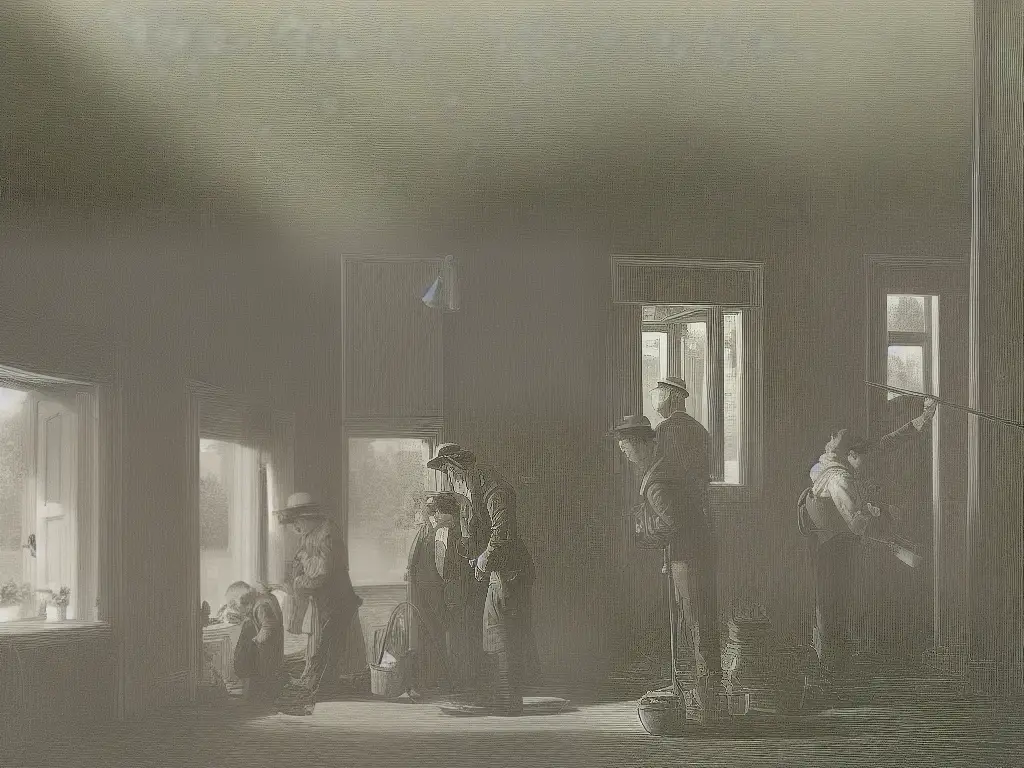
Choosing the Right Window Contractor
When the time comes to select a window contractor for your window replacement project, conducting thorough research is of utmost importance. Begin by verifying the contractor’s credentials, such as validating their license from the state or local licensing board. A licensed contractor demonstrates both the knowledge and experience required to complete the job in accordance with industry standards and regulations, making them a reliable choice for your window replacement needs.
Aside from licenses, it is equally important to look into the warranties and insurance provided by the contractor. A reputable window contractor should be able to provide you with manufacturer warranties for the window products as well as workmanship warranties for their installation services. This ensures that your investment is protected and any defects or issues that may arise due to installation or the products themselves will be covered. Additionally, make sure the contractor has liability insurance and workers’ compensation to safeguard you against potential accidents, injuries or property damage that may occur during the project.
Looking at online reviews and testimonials from previous clients is another great way to evaluate the contractor’s performance and reputation. Client reviews reveal the contractor’s quality of work, professionalism, and how they respond to and address client issues and concerns. Moreover, you can also ask the contractor for references. Contacting these references can give you a better understanding of their experience with the contractor and the quality of the final outcome.
Effective communication and setting expectations are also crucial when working with a window contractor. You should choose a contractor who takes time to listen and understand your needs and preferences, provides clear communication throughout the entire project, and delivers the desired results. They should also be upfront about the cost estimates, timelines, products to be used, and methods of installation. Establishing a clear and open communication channel ensures you are in control of your window replacement project and that the job is done to your satisfaction.
One crucial factor to consider when selecting a window replacement contractor is their experience and expertise in the specific type of window you need. As various window materials and styles require different expertise and technical know-how, it is essential to confirm that the contractor has experience handling the specific type of window you intend to install. This will help ensure that they have the skills and knowledge necessary to complete your project smoothly and professionally.

Enhancing Your Home’s Aesthetics with Window Replacement
Once you are confident in the contractor’s abilities, the next step is to think about the aesthetics and style that best complement your home’s architecture and personal preferences. With numerous window styles and design options available today, you can find the perfect fit for your home, enhancing its overall appeal in the process. Popular styles include double-hung, casement, awning, sliding, bay or bow, and picture windows. Each of these options not only adds a distinct character to your home’s exterior but also influences the interior’s natural light, ventilation, and functionality. With the help of an experienced contractor, you can find the right balance between style and practicality for your window replacement project.
Window treatments can significantly contribute to the visual impact of a room as well as provide privacy and insulation. There are a wide variety of treatments to choose from, including curtains, blinds, shades, and shutters. The materials, color, and patterns of the window treatments should complement the overall interior design and architectural style of the home. For added convenience, some modern window treatments also come with motorized options, which allow you to control light and privacy remotely.
Color choices for your replacement windows play a vital role in enhancing your home’s aesthetics. From neutral shades like white, beige, and gray to bold colors like black, green, or red, the options are plentiful. Consider the color palettes of your home’s interior and exterior when selecting your window colors. Make sure the chosen color harmonizes with other exterior elements like siding, trim, and doors. You could also consider using contrasting or complementary colors for your window frames and sashes for added visual impact.
Additionally, you can enhance the beauty of your replacement windows with decorative elements like grilles, stained glass, and artistic hardware. Window grilles are available in various patterns and materials, allowing you to match them with your home’s architectural style or create a custom design. Stained glass windows can be an attractive focal point, adding intrigue and elegance. You can also choose beautiful hardware pieces to suit the style of your windows while reflecting your personal taste.
Energy efficiency is another important aspect to consider when selecting new windows. Certain window features like double or triple glazing, low-E coatings, and insulated frames can significantly reduce heat transfer, saving you money on energy bills and improving indoor comfort. Ensure you choose an energy-efficient window style appropriate for your local climate, as the performance of specific window designs may vary depending on the region. In conclusion, finding the right aesthetics and styles for your replacement windows can significantly enhance your home’s architecture and your preferences, ensuring a functional and visually appealing result.
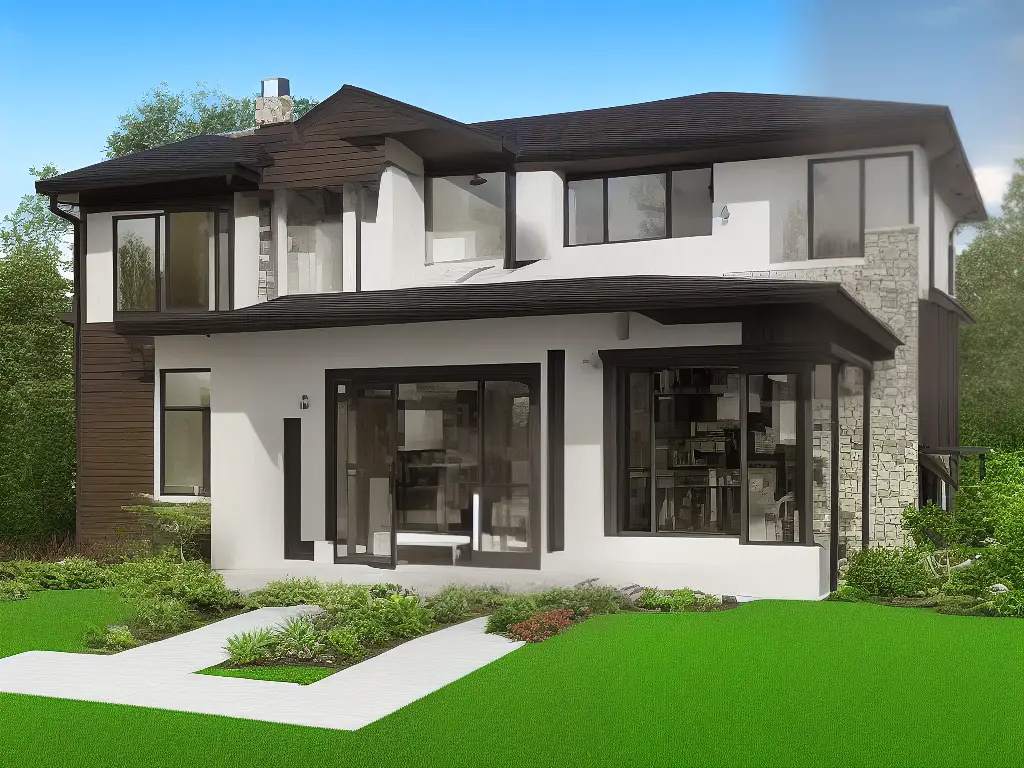
With the wealth of knowledge acquired through this guide, you are now better equipped to make an informed decision about window replacement for your home. Take into consideration the various window styles, materials, energy efficiency, and glass options to ensure not only a visually pleasing outcome but also one that offers long-term benefits such as reduced energy costs and improved comfort. Additionally, choosing the right contractor and following proper maintenance practices will ensure the longevity and performance of your window investment. Remember, the right window replacement choices will add immense value and quality to your home, making it a worthwhile endeavor.